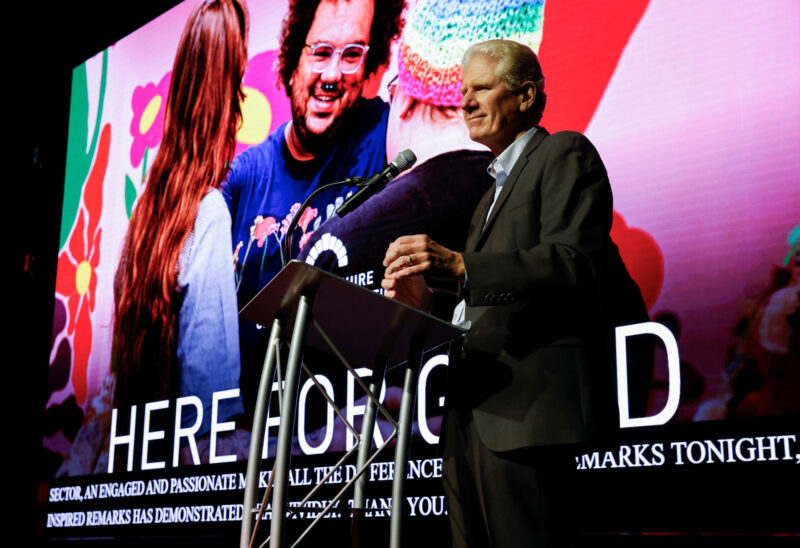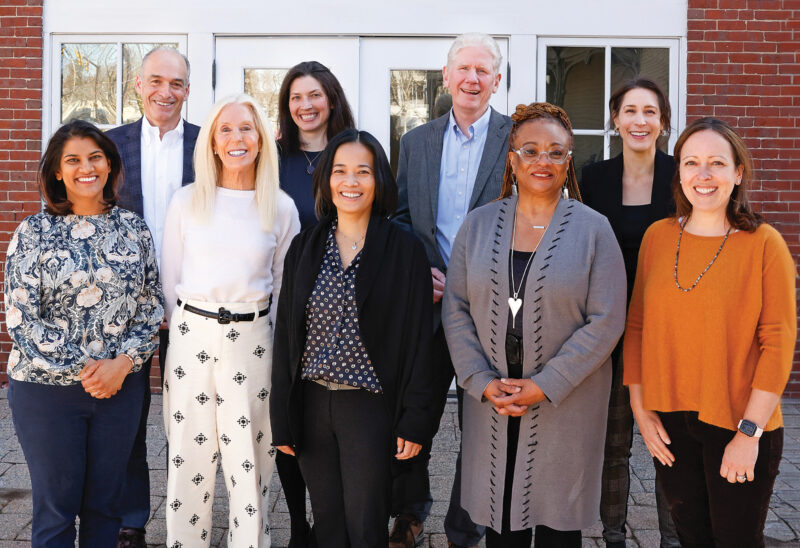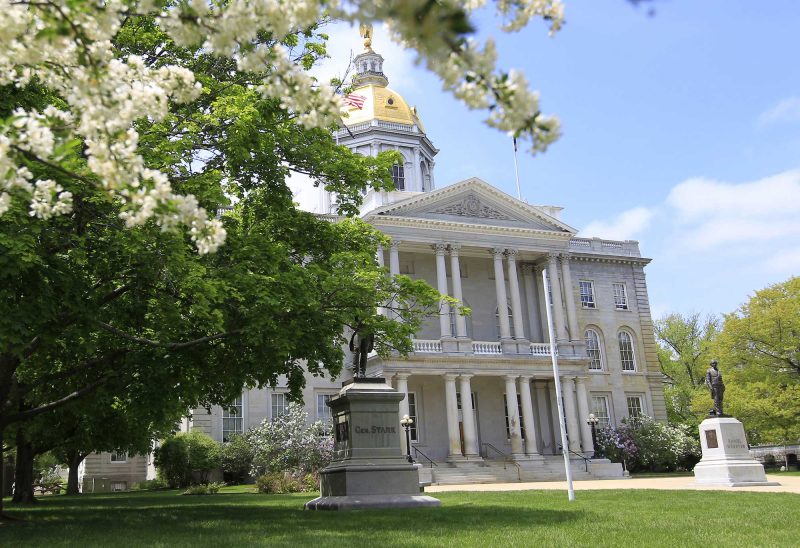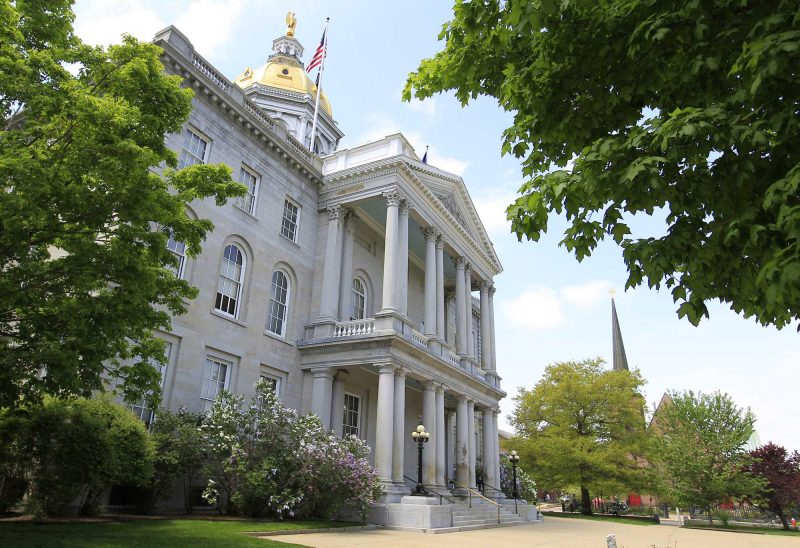From 1985 to 2007, I made my living in land conservation. Part of my job was reminding people that New Hampshire was growing fast. Maybe too fast.
It was not a hard case to make. During much of that period, our population expanded more quickly than any state in the Northeast. Development consumed an estimated 13,000 acres a year — roughly half the size of an average town. Responding to widespread public concern, land trusts, towns and the state invested $218 million to save farms and forests and natural areas. The result is a mosaic of conservation land that will define the state forever.
The rapid influx of new residents brought tremendous prosperity. We grew accustomed to top 10 rankings among the states in educational attainment, public safety, income and public health. People talked confidently about the “New Hampshire Advantage,” with little agreement about what that meant. There was a bit of hubris in all of this; we were doing well, and it seemed the growth would never slow.
Until it did.
Since 2006, the state’s average net population increase has plunged to fewer than 2,000 new residents per year. That’s down from an annual pace of 18,000 in the 1980s and 11,500 in the early 2000s. For the first time since 1970, more residents are leaving than arriving. Natural increase — births over deaths — has also slowed.
I’m not sure our collective resolve has caught up with this fundamental shift in the state’s trajectory. With similarly sluggish growth projected to continue, we can no longer look externally for our success. We must make the right investments and policy decisions here and now. That demands confronting some challenging trends and questions — especially for children and youth. Among them:
- We are growing older. At 41, we have the third-highest median age in the country. Who will replace all these workers as they retire?
- 16,000 more children live in poverty now than did in 2008 — that’s a 63 percent increase, the highest rise in the country. Why is that happening, and how have we let it?
- We rank second highest in underage drinking and in the top 10 for other drug use, yet 49th in providing treatment. What does that mean for the health of young people today and our economy tomorrow, given that alcohol overconsumption alone costs $1.2 billion annually?
- We are last in funding for postsecondary education. Is it any wonder New Hampshire students carry the second-highest debt load in the country and that so many go elsewhere for college?
I have talked with hundreds of employers, educators, policymakers and other concerned Granite Staters about these trends. Most arrive at the same conclusion: Our long-term prosperity demands focused attention on increasing opportunities and lowering obstacles for children and youth. Taking care of our own is not just a social obligation; it is an economic imperative. Businesses will start, locate and expand in states that invest in healthy communities and a future work force.
"Taking care of our own is not just a social obligation; it is an economic imperative."Tweet This
That’s easier said than done, but I am bullish on our chances. In New Hampshire we understand the power of public-private partnerships. The state is small enough that we can get people together to solve problems. And our politics are less polarized than in many places. We just need to put these assets to work.
Scores of initiatives around the state are doing just that. A small sampling includes:
- The Coös Coalition for Young Children and Families, supporting North Country families by improving developmental screening for kids under age 5 and training early childcare providers.
- STEAM Ahead, bringing together Manchester businesses and educators to create affordable pathways from high school to employment.
- Life of An Athlete and Media Power Youth, proven peer-to-peer programs that keep kids off drugs and alcohol.
- Stay Work Play, a network of young professionals devoted to keeping college graduates in the state.
- The NH Coalition for Business and Education, dozens of employers and institutions advocating for policy reforms and public-private investments.
As a grant maker and partner, the New Hampshire Charitable Foundation supports these programs and hundreds more. And as the state’s largest scholarship provider, we help some 1,700 students a year get the education and job training they deserve. In all, thanks to generous donors and effective partners, 40 percent of our funding supports young people.
But we must do more, and that starts by asking questions. If fast growth was the defining theme of the last quarter century, what will it be for the next? How do we create a stronger safety net today while reducing the need for it tomorrow? Which investments in youth and children produce the greatest return in their quality of life? What do young people think?
We need your help with the answers. A good time to start is June 12 at the Foundation’s 52nd Annual Meeting. The theme this year is “How Are the Children?” Please join us. Sometimes I wonder what New Hampshire would look like today if we hadn’t invested in land conservation in the ’80s and ’90s. Fortunately, we didn’t take that chance — we acted. That took vision. Will. Collaboration. Leadership. And a commitment to envision a better New Hampshire tomorrow.
Our kids deserve the same.
Sources: “New Hampshire Everlasting,” Society for the Protection of NH Forests; “New Hampshire Demographic Trends in the 21st Century,” Kenneth M. Johnson, Carsey Institute; “Tailwinds to Headwinds,” Steve Norton, et al, NH Center for Public Policy Studies; “2013, National Survey of Drug Use and Health”; Land and Community Heritage Investment Program.
This originally appeared in the Foundation’s 2014 Spring/Summer Purpose Newsletter.

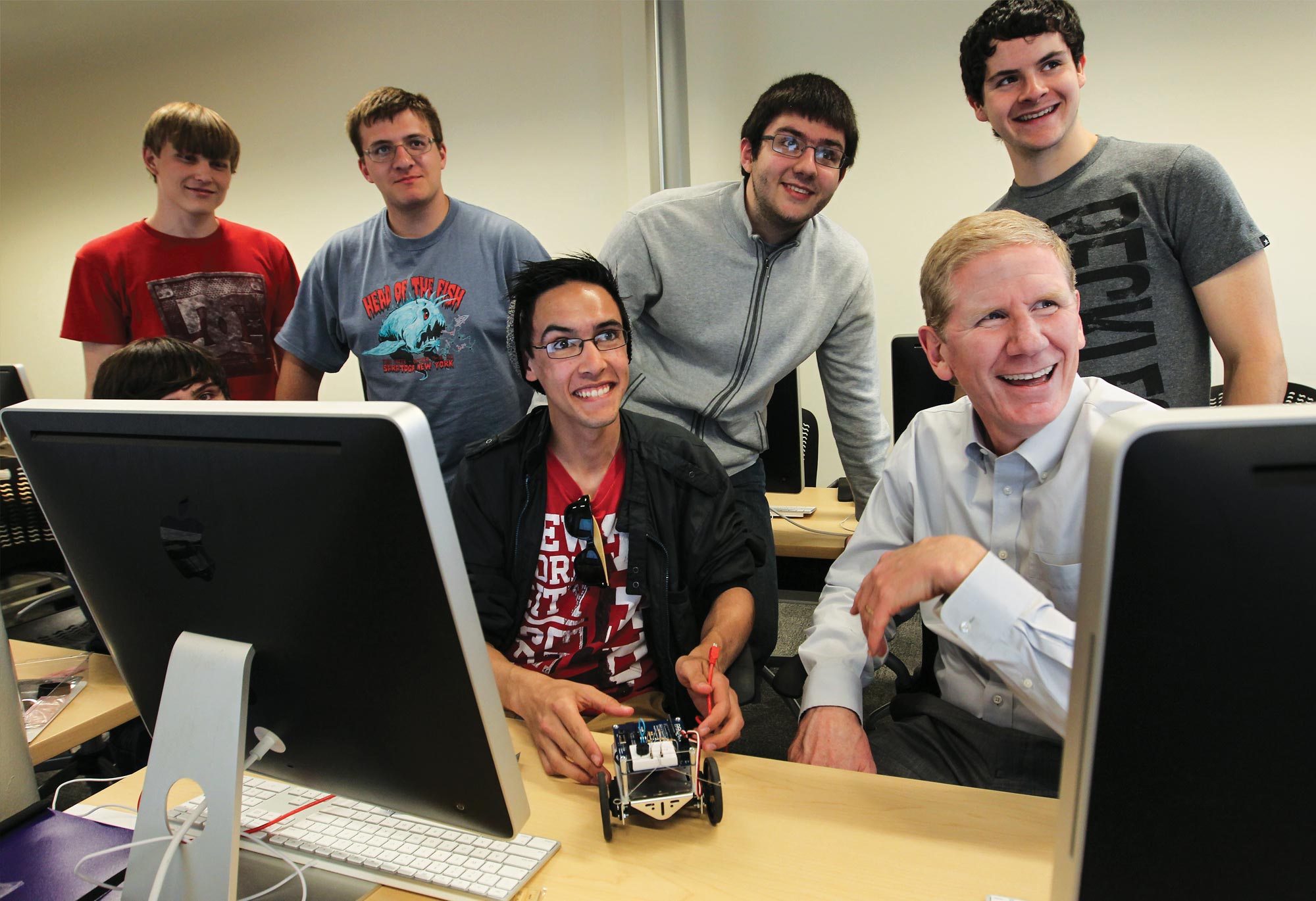






![Charitable Foundation President Dick Ober [Photo by Cheryl Senter]](https://www.nhcf.org/wp-content/uploads/2023/12/dick-ober-purpose-fall-winter-2023-800x548.jpg)
